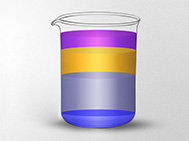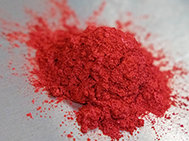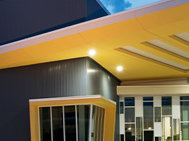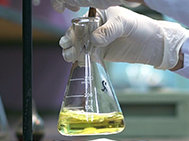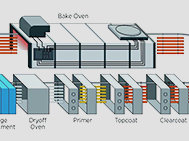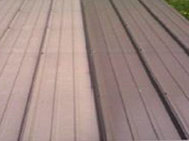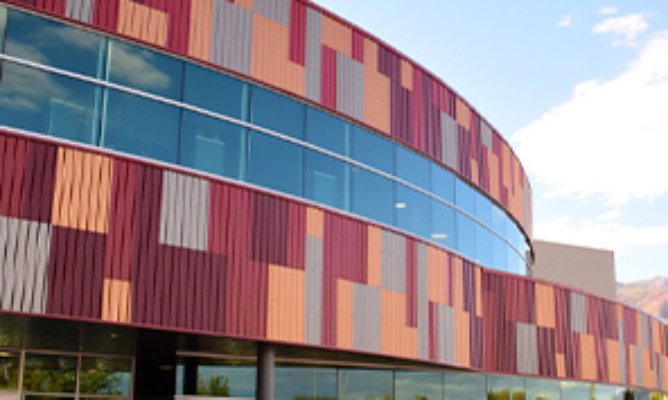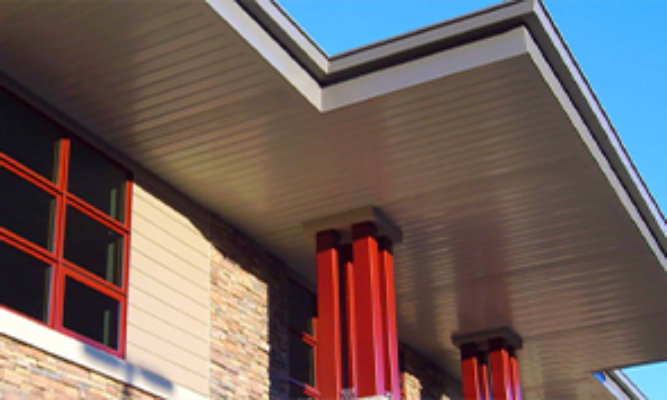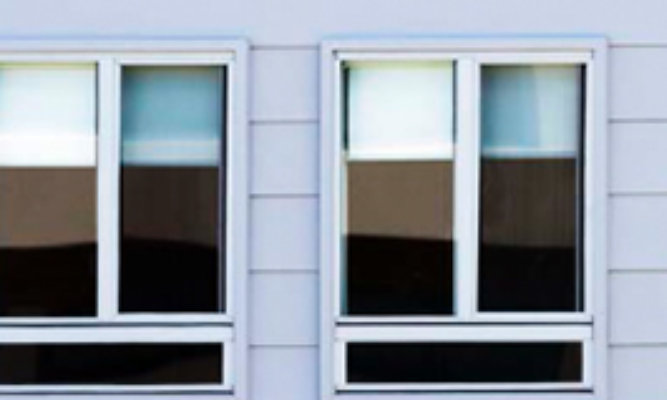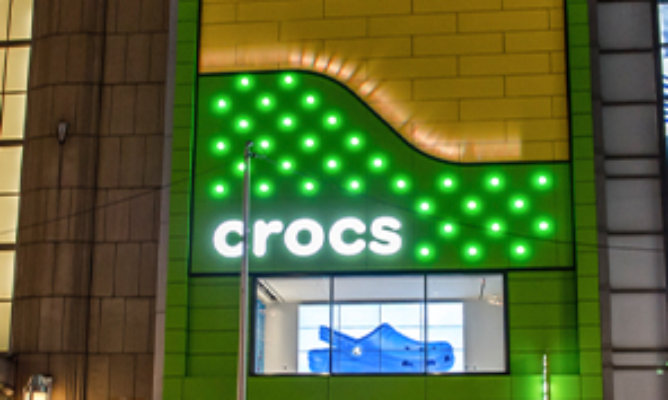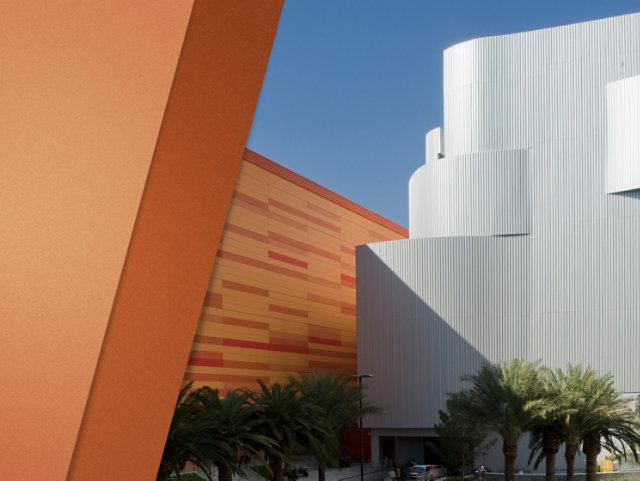
Metal Coatings 101
At Sherwin-Williams, we are obsessed with color.
Beyond its extraordinary beauty and protective capabilities, we know that choosing a coating is more than simply selecting a color. The right coating enhances an aesthetic, hides metal defects, helps save energy and protects your vision for years to come. Both beautiful and durable, we believe color can do anything.
We’ll help you understand the basics of metal coatings, so you can find the right one for your next project.
Quick Links
What is a Coating?
Coatings are made up of four ingredients: pigments, resins, solvents and additives. The amount of each ingredient can vary based on the desired outcome for the coating. Let’s take a closer look at what each ingredient does.
- Pigments are tiny particles of powdered color that are blended to create the desired coating color. Pigments boost the aesthetics of a coating, provide hiding and help with chemical and corrosion resistance.
- Resins provide the physical performance properties of a coating. They act as a binding agent by holding everything together and give coatings their durability, hardness, flexibility and adhesion.
- Solvents help with the overall application process and are the vehicles that transport solids to the substrate. Solvents also provide viscosity, leveling and flow stability.
- Additives are any number of chemicals supplementing the coating to produce special effects. Additives enhance coating formulas by adding texture, hardness, flexibility and more.
Pigments
Pigments are a key ingredient that can make or break a coating. They provide the coating’s color and function, but also help with a coating’s resistance to corrosion and water. Depending on which type of pigment you choose, pigments can enhance or degrade the overall performance of a protective color coating. There are four high-performance pigments that can go into a coating:
- Organic Pigments
- Inorganic Pigments
- Specialty Pigments
- Solar Reflective Pigments
Organic Pigments
Organic pigments are natural, carbon-based pigments that are often made from petroleum compounds. They’re bright in color but have less hiding power and weathering resistance compared to inorganic pigments.
Inorganic Pigments
Inorganic pigments, also known as ceramic pigments, are made of metal oxides and mixed metal oxides. They are typically seen in neutral and earth-toned colors, but offer superior stability, hiding power and weather resistance.
Specialty Pigments (Effects)
Add depth to any color with specialty pigments. From shimmering metallics to color-shifting finishes, specialty pigments can help coatings take on a new dimension. There are three types of specialty pigments you can use to achieve a specific look:
- Mica/Metallic
Using mica-based pigmentation, these pigments reflect light in a unique way and take on a pearlescent or metallic look, all without the need for a clear coat.
- Intense Sparkle
Add rich, eye-catching color to any coating with intense sparkle. Our proprietary pigmentation system offers varying levels of intense sparkle in silver, gold and copper to complete your vision.
- Color-Shifting
Experience stunning color that shifts when viewed from different angles. Color-shifting pigments use pearlescent mica or aluminum flakes. With our process, we can control and customize the degree of color shifting through formulation.
Solar Reflective Pigments
Solar reflective pigments have been altered both physically and chemically to reflect infrared radiation while still absorbing the same amount of visual light. These types of pigments help:
- Cool roof coatings
- Reduce energy use
- Reduce air pollution and greenhouse gas emissions
With solar reflective pigments, sunlight hits the surface and is reflected away from the structure. Some heat is still absorbed and transferred to the building below, but less so than in structures without solar-reflective pigments.
Types of Resins
Resins are the binding agent that holds all the components in a coating system together. They make up the physical performance properties of a coating and boost its durability, physical strength and chemical resistance. There are four types of resins you can use in a coating:
Coil Resins:
Fluoropolymer Resins (PVDF / FEVE)
Siliconized Modified Polyester Resins
Polyester Resins
Extrusion Resins:
Fluoropolymer Resins (PVDF / FEVE)
Acrylic Resins
Polyester Resins
Solvents & Additives
Solvents adjust the application properties and act as a carrier of resin and pigments. They dissolve or disperse the resin and allow it to “flow out” on the substrate. Solvents provide:
- Viscosity
- Leveling
- Flow stability
Additives enhance the formula which affects the overall product performance and appearance. Additives also:
- Add texture (crinkle)
- Increase hardness
- Help with flexibility
- Assist with curing and more
Metal Coatings Process
Coil Coatings Process
Coil coatings are applied in an efficient, highly controlled process. During the coil coatings process, coil coatings are applied to coil formed metal sheets by a continuous automated process that can happen at up to 700 feet per minute. Coil is unwound, cleaned, treated, primed, painted and baked before being recoiled for shipment.
What would otherwise be wasted is turned into useful energy by the coil coating process. As the coil coating metal is paneling, the solvents in the coating are captured and become fuel for the curing process.
Coil Coatings
Featured Media
The most common applications for coil coatings are:
The aluminum extrusion process creates the metal products first – before the finish is applied. The shape of the dies determines the shape of the extrusion. Using aluminum billet and a powerful hydraulic press, the extruders can produce almost any shape imaginable.
Extrusion Coating Process
While coil coatings are applied to metal before it’s formed, extrusion coatings are spray applied after the metal has been formed. Shop-applied coatings are specially formulated to adhere to metal substrate and resist wear and tear through the manufacturing process.
Extrusion coatings are applied in a manufacturing process that consists of cleaning and pretreating aluminum preformed extrusions, going through a spray process and then thermally curing the metal coating system for it to set.
Extrusion Coatings
Featured Media
The most common applications for extrusion coatings are:
Coating Failures
Coatings have many enemies that can lead to the breakdown of color over time. Exposure to UV rays, moisture, humidity, high temperatures and temperature fluctuations can affect the look and performance of a color.
When a coating starts to fail, you’ll see:
- Chalking
- Fading
- Blistering
To prevent coating failure, every Sherwin-Williams Coil Coating system is subjected to the harshest testing environments at our test fence facility in Fort Myers, Florida.
Chalking
After the coating is exposed to UV rays, the system begins to degrade and leads to chalking. As the resin system breaks down, particles take on a powdery appearance and embedded pigment particles lose their adhesion to the film. This makes the color look faded or white.
Fading
Fading is caused by the UV and hydrolytic degradation of the resin system. Organic pigments may also deteriorate if they are present in color. Fading is calculated by using Delta E values, a single number that represents the distance between two colors.
Blistering
When a coating is exposed to heat, moisture or a combination of both, you may see a localized loss of adhesion and the coating lifting from the underlying surface. Over time, blistering leads to peeling and corrosion. While moisture and heat are often to blame, blistering can sometimes be the result of improper drying or curing of the coated material.
What is ASTM?
The American Society for Testing and Materials (ASTM) is a globally recognized leader in the development and delivery of international voluntary consensus standards. ASTM standards help level the playing field so businesses of all sizes can better compete in the global economy.
To ensure our coatings meet the highest industry standard, ASTM tests coil and extrusion coatings in the following categories:
- Outdoor weather exposure:
- Retention of color and gloss
- Solar reflectance
- UV corrosion resistance
- Film thickness and hardness
- Abrasion resistance
- Chemical resistance
- Coating flexibility
For more information on ASTM, please visit www.astm.org.
What is AAMA?
American Architectural Manufacturers Association (AAMA) advocates for manufacturers and professionals in the fenestration industry. AAMA is dedicated to promoting quality window, door, curtain wall, storefront and skylight products as well as improving product, materials and component performance standards. To ensure every product meets superior industry standards, they are rated using one of the following specifications:
AAMA 2603-02
To meet AAMA 2603 specification, powder coatings are often formulated with standard durable polyester binder. This specification is typically an interior specification, such as ceiling panels, supports and window interior. Coatings that meet AAMA 2603 specifications offer good resistance to abrasion, scratching and scuffing, but should be applied where color and gloss retention are not a high priority.
AAMA 2604-05
AAMA 2604 is an “intermediate” specification. Coatings that meet AAMA 2604 specifications are formulated with extremely durable or modified polyester resins. These are formulated to develop superior surface hardness which provides better mar resistance, making coatings meeting 2604 standards a great choice for interior and building accessories. This finish provides good color and gloss retention for about five years after application.
AAMA 2605-05
AAMA 2605 is the highest performing exterior application. Depending on the manufacturer, a coating that meets 2605 standards could use a fluoropolymer resin (PVDF). These finishes are resistant to moisture, weathering and UV rays. This series of metal coatings is best used for window and curtain wall systems. 2605 also works well for architectural components that are not exposed to high-touch environments and require long-term cosmetic and functional protection.
For more information on AAMA, please visit www.aamanet.org.
